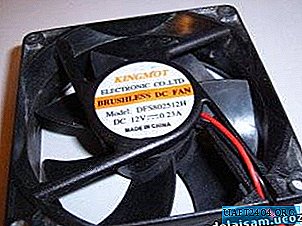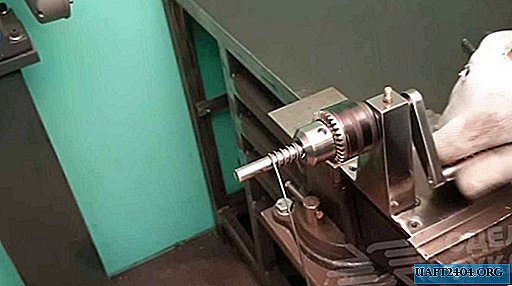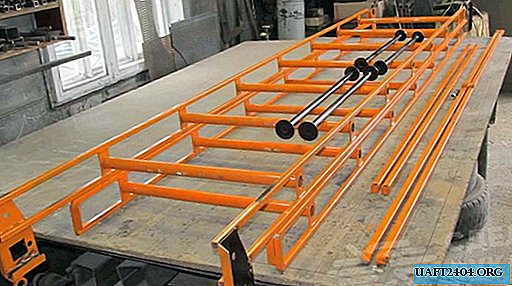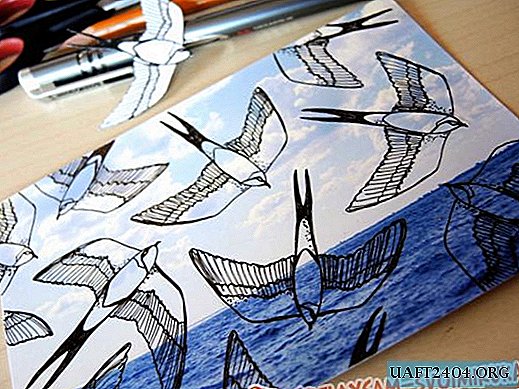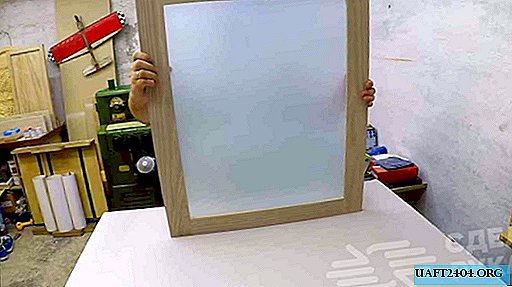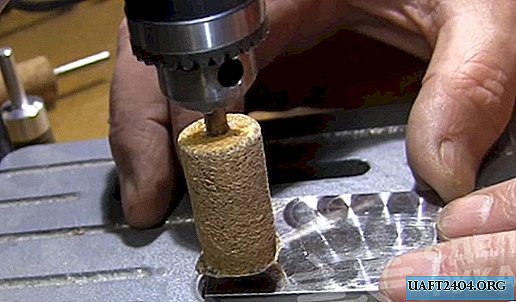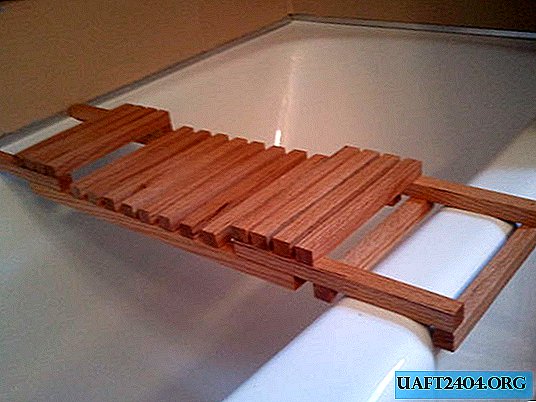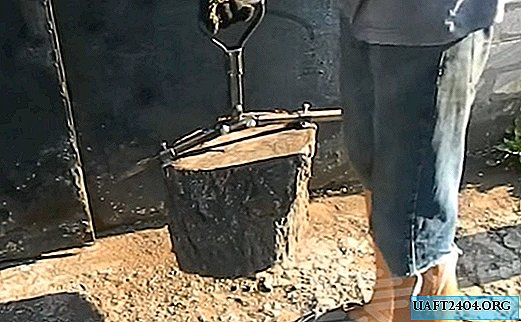Share
Pin
Tweet
Send
Share
Send
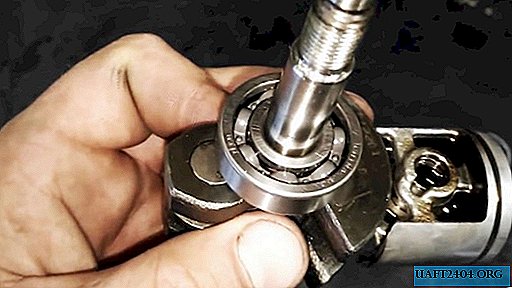
Small 2-stroke single-cylinder low-power engines are widely used in everyday life. They are used on chainsaws and motor mowers, in motor-ice drills and gas-electric units. As well as in other models of technology.
The disadvantage of these engines is their low engine life, the main source of which is the wear of the crankshaft parts onto which the main thrust bearings are pressed. Replacing the crankshaft in such engines is an expensive pleasure, as it is manufactured in a single kit with a connecting rod and piston.

There are various ways to repair crankshaft journals. One of them is copper welding using electric welding.
Materials and Tools
To perform this crankshaft repair, we need:
- household single-phase welding transformer;
- pieces of copper wire or a thin copper electrode with the inclusion of silver;
- degreasing liquid, rags;
- tube and mallet for landing bearings.
Electric welding refers to the firing types of work. It is necessary to prepare a fire extinguisher, water, wet tarpaulin or asbestos fabric in advance. Welding in the vicinity of flammable liquids is not allowed.
Bearing Seat Repair Process
We disassemble the engine, rinse and wipe the crankshaft and make a visual inspection of the thrust bearings. The presence of backlash between the inner race of the bearing, the presence of wear necks on the shaft itself indicates that it is necessary to restore the bearing seat. Bearings themselves, it is advisable to purchase new ones, this is a common consumable.

Thoroughly degrease with acetone the crankshaft journals worn by old bearings and allow to dry. We connect a welding transformer - a car charger.

We fix the ground contact directly on the crankshaft itself, and not on the connecting rod or piston, otherwise the connecting rod bearings can be welded!
A positive contact is our electrode or wire. Short touches of the electrode or copper wire begin to "spray" copper on the worn neck of the crankshaft. We pass the entire worn surface.




This work requires accuracy. The electrode must not be allowed to enter that part of the crankshaft where the oil seal is located!
After applying points of copper on the crankshaft journals, let the parts cool. We heat a new bearing and push it into place. Perhaps there will be a need for several hits on the tube, the diameter of which is equal to the diameter of the inner race of the bearing.

All irregularities and protrusions of the deposited copper are crushed, the bearing sits tightly in place, and its inner cage remains stationary.

Now rolling and backlash are absent. The bearing sits securely in place.

Findings
This method of restoring worn parts of the crankshaft is simple and reliable. Do not forget about safety precautions and protective equipment when performing welding work.
Share
Pin
Tweet
Send
Share
Send

